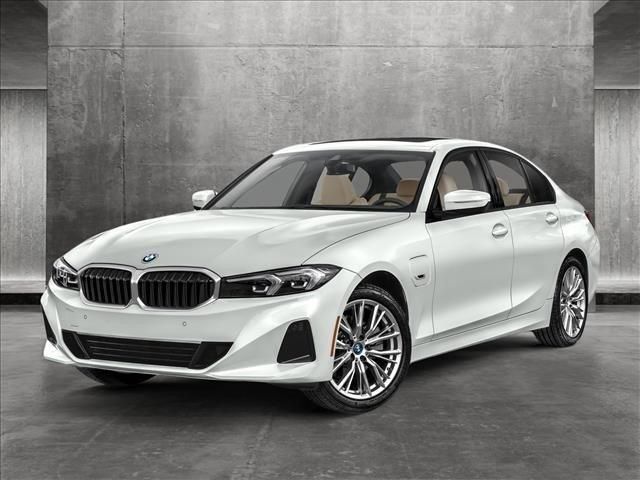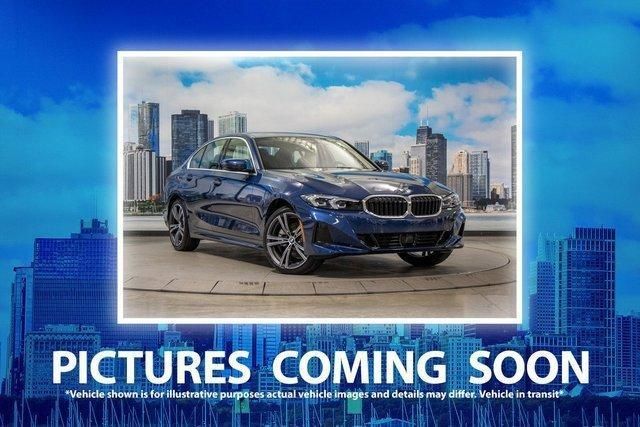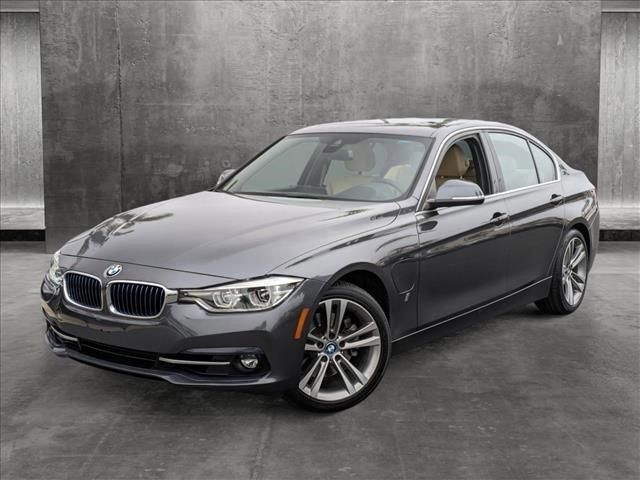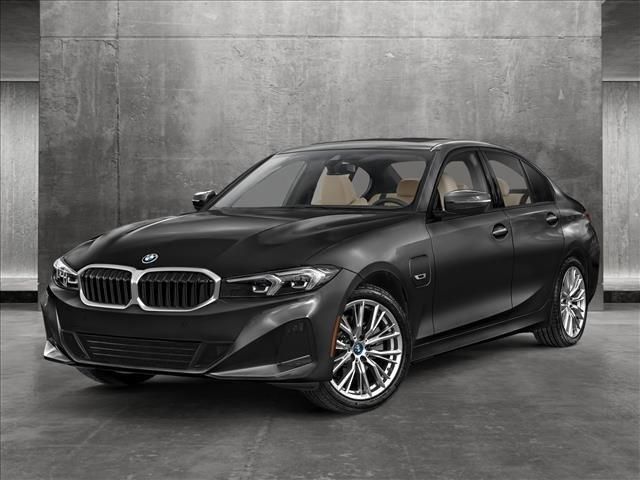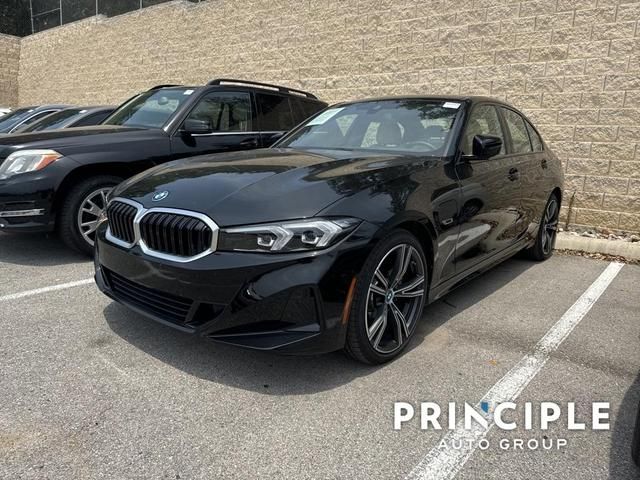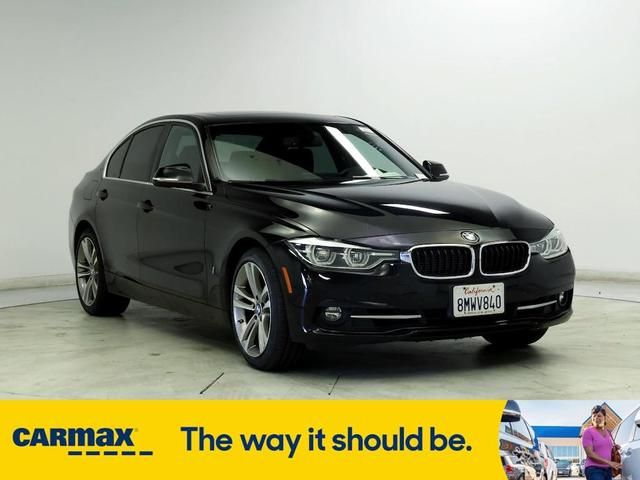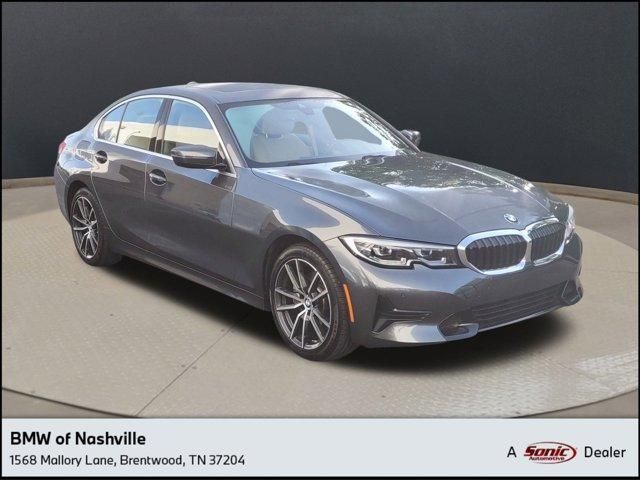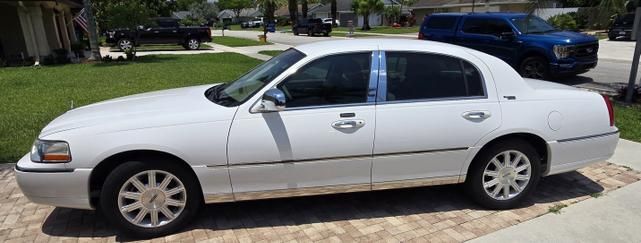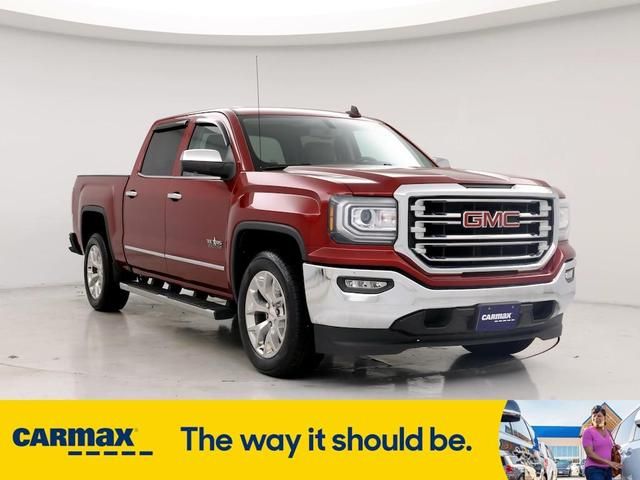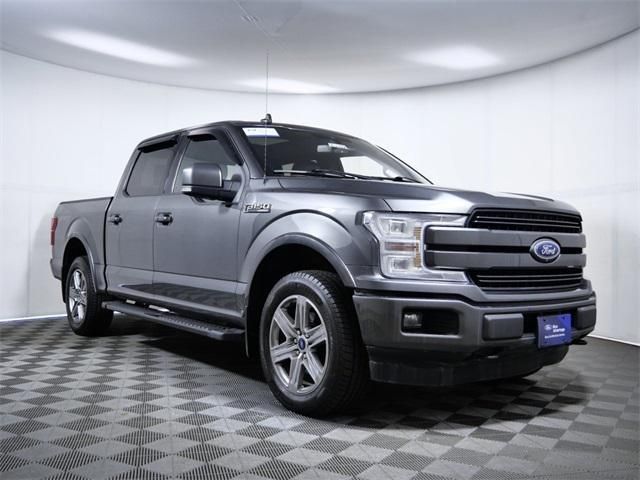
2017 BMW 330EVIN: WBA8E1C38HA156953
Historical Records
Damage to right rear
Damage to rear
Vehicle involved in a sideswipe collision with another motor vehicle
Airbag deployed
Damage to rear
| Year | 2017 |
| ODO | 3453 mi |
| Seller | Hidden text (Hidden text) |
| Location | Santa Clara, CA, 95051 |
| Date | appeared 4 years ago latest price $9282 sale post disappeared 2021-03-06 |
| Price History | |
| Sale Website Type | classifieds |
| Notes | |
| Hidden text | |



| Body Style | Sedan |
| Color | Glacier Silver Metallic |
| Color (Interior) | Black |
| Transmission | 8-Speed Automatic |
| Engine | 2.0L I4 16V GDI DOHC Turbo Hybrid |
| Drive | RWD |
| Fuel Type | Hybrid |
- Hidden text
- Auxiliary Audio Input
- Hidden text
- Driver Illuminated Vanity Mirror
- Hidden text
- Integrated Turn Signal Mirrors
- Hidden text
- Passenger Air Bag
- Hidden text
- A/C
- Hidden text
- Bluetooth Connection
- Hidden text
- Floor Mats
- Hidden text
- Keyless Entry
- Hidden text
- Passenger Illuminated Visor Mirror
- Hidden text
- Rear A/C
- Hidden text
- Telematics
- Hidden text
- AM/FM Stereo
- Hidden text
- Brake Assist
- Hidden text
- Fog Lamps
- Hidden text
- Keyless Start
- Hidden text
- Passenger Vanity Mirror
- Hidden text
- Rear Bench Seat
- Hidden text
- Aluminum Wheels
- Hidden text
- Child safety locks,
- Hidden text
- GLACIER SILVER METALLIC
- Hidden text
- Mirror Memory
- Hidden text
- Power Folding Mirrors
- Hidden text
- Rear Wheel Drive
- Hidden text
- Traction Control
- Hidden text
- Premium Synthetic Seats
- Hidden text
- SPORT SEATS (STD)
- Hidden text
- Wheels: 17 X 7.5 LT Alloy Double-Spoke (Style 392) (Std)
- Hidden text
- Universal Garage Door Opener
- Hidden text
- Automatic Headlights
- Hidden text
- Driver Assistance Package -Inc: Rear View Camera Park Distance Control
- Hidden text
- Heated Mirrors
- Hidden text
- Pass-Through Rear Seat
- Hidden text
- Power Steering
- Hidden text
- Security System
- Hidden text
- Variable Speed Intermittent Wipers
- AM/FM/HD/Satellite-prep Radio
- Hidden text
- Driver seat memory
- Hidden text
- Genuine wood center console trim
- Hidden text
- Leather/metal-look shift knob trim
- Hidden text
- Power remote trunk release
- Hidden text
- Remote power door locks
- Hidden text
- Audio system security
- Hidden text
- Driver's side electrochromatic auto-dimming mirrors
- Hidden text
- Genuine wood door trim
- Hidden text
- Leatherette seat upholstery
- Hidden text
- Power remote w/tilt down passenger mirror adjustment
- Hidden text
- Remote window operation
- Hidden text
- Transmission gear shifting controls on steering wheel
- Hidden text
- Anti-Theft Alarm System
- Hidden text
- Digital Audio Input
- Hidden text
- Front fog/driving lights
- Hidden text
- Intercooled Turbo
- Hidden text
- Passenger reverse tilt mirror
- Hidden text
- Rear heat ducts with separate controls
- Hidden text
- Tachometer
- Hidden text
- Audio controls on steering wheel
- Hidden text
- Driver and passenger knee airbags
- Hidden text
- Front sport seat
- Hidden text
- Leather steering wheel trim
- Hidden text
- Power remote driver mirror adjustment
- Hidden text
- Rear seats center armrest
- Hidden text
- Tilt and telescopic steering wheel
- Hidden text
- Speed-proportional electric power steering
- Hidden text
- Wheel Diameter: 17
- Hidden text
- Bmw Assist eCall
- Hidden text
- Dual illuminated vanity mirrors
- Hidden text
- Genuine wood/metal-look dash trim
- Hidden text
- Lithium ion motor battery
- Hidden text
- Power retractable mirrors
- Hidden text
- Side airbag
- Hidden text
- Trip Computer
| Year | 2017 |
| ODO | 1749 mi |
| Seller | Hidden text (Hidden text) |
| Location | Santa Clara, CA, 95051 |
| Date | appeared 4 years ago latest price $3203 sale post disappeared 2021-04-07 |
| Price History | |
| Sale Website Type | classifieds |
| Notes | |
| Hidden text | |



| Color | Glacier Silver Metallic |
| Color (Interior) | Black |
| Transmission | 8-Speed Automatic |
| Engine | 4-Cylinder Turbo |
| Drive | 2 wheel drive - rear |
| Fuel Type | Hybrid Gas/Electric |
- Hidden text
- 4-Wheel Disc Brakes
- Hidden text
- BLACK SENSATEC LEATHERETTE UPHOLSTERY
- Hidden text
- Driver Air Bag
- Hidden text
- Automatic Headlights
- Hidden text
- DRIVER ASSISTANCE PACKAGE -inc: Rear View Camera Park Distance Control
- Hidden text
- GLACIER SILVER METALLIC
- Hidden text
- Heated Front Seats
- Hidden text
- MP3 Player
- Hidden text
- Passenger Air Bag
- Hidden text
- Auxiliary Audio Input
- Hidden text
- Passenger Illuminated Visor Mirror
- Hidden text
- Apple CarPlay Compatibility
- Hidden text
- Rear Defrost
- Hidden text
- Rain Sensing Wipers
- Hidden text
- Rear Wheel Drive
- Hidden text
- Daytime Running Lights
- Hidden text
- Stability Control
- Hidden text
- Turbocharged
- Hidden text
- Floor Mats
- Hidden text
- Climate Control
- Hidden text
- Driver Illuminated Vanity Mirror
- Hidden text
- Front Head Air Bag
- Hidden text
- Heated Mirrors
- Hidden text
- Knee Air Bag
- Hidden text
- NAVIGATION SYSTEM -inc: BMW Online & BMW Apps Advanced Real-Time Traffic Information BMW Connected App Compatibility
- Hidden text
- ABS
- Hidden text
- Brake Assist
- Hidden text
- Driver Vanity Mirror
- Hidden text
- Integrated Turn Signal Mirrors
- Hidden text
- Pass-Through Rear Seat
- Hidden text
- Power Steering
- Hidden text
- SPORT SEATS (STD)
- Hidden text
- Trip Computer
- Hidden text
- Rear Head Air Bag
- Hidden text
- Tires - Front Performance
- Hidden text
- Passenger Vanity Mirror
- Hidden text
- Rear A/C
- Hidden text
- Steering Wheel Audio Controls
- Hidden text
- WHEELS: 17 X 7.5 LT ALLOY DOUBLE-SPOKE (STYLE 392) (STD)
VIN Decoder — 58 records
Anti-lock Braking System (ABS) means a portion of a service brake system that automatically controls the degree of rotational wheel slip during braking by: (1) Sensing the rate of angular rotation of the wheels; (2) Transmitting signals regarding the rate of wheel angular rotation to one or more controlling devices that interpret those signals and generate responsive controlling output signals; and (3) Transmitting those controlling signals to one or more modulator devices that adjust brake actuating forces in response to those signals.
An auto-reverse system enables power windows and sunroofs on motor vehicles to automatically reverse direction when such power windows and panels detect an obstruction. This feature can prevent children and others from being trapped, injured, or killed by the power windows and sunroofs.
Electric vehicle warning sounds are a series of sounds designed to alert pedestrians to the presence of electric drive vehicles such as hybrid electric vehicles (HEVs), plug-in hybrid electric vehicles (PHEVs), and all-electric vehicles (EVs) travelling at low speeds. Vehicles operating in all-electric mode produce less noise than traditional combustion engine vehicles and can make it more difficult for pedestrians, the blind, cyclists, and others to be aware of their presence.
ESC is a computerized technology that improves a vehicle's stability by detecting and reducing loss of traction (skidding). When ESC detects loss of steering control, it automatically applies the brakes to help steer the vehicle in the driver's intended direction. Braking is automatically applied to wheels individually, such as the outer front wheel to counter oversteer, or the inner rear wheel to counter understeer. Some ESC systems also reduce engine power until control is regained.
A keyless ignition system permits starting a car without a physical key being inserted into an ignition. Instead, a small device known as a "key fob" transmits a code to a computer in the vehicle when the fob is within a certain close range. When the coded signal matches the code embedded in the vehicle's computer, a number of systems within the car are activated, including the starter system. This allows the car to be started by simply pressing a button on the dashboard while the key fob is left in a pocket or a purse. The vehicle is usually shut down by pushing the same button.
A TPMS is an electronic system designed to monitor the air pressure inside the pneumatic tires on various types of vehicles. TPMS can be divided into two different types - direct and indirect. Direct TPMS employ pressure sensors on each wheel, either internal or external. The sensors physically measure the tire pressure in each tire and report it to the vehicle's instrument cluster or a corresponding monitor. Indirect TPMS does not use physical pressure sensors but measure air pressures by monitoring individual wheel rotational speeds and other signals available outside of the tire itself.
When the traction control computer detects a driven wheel or wheels spinning significantly faster than another, it invokes an electronic control unit to apply brake friction to wheels spinning due to loss of traction. This braking action on slipping wheels will cause power transfer to the wheels with traction due to the mechanical action within the differential.
A backup camera, also known as a rearview video system, helps prevent back-over crashes and protects our most vulnerable people - children and senior citizens - by providing an image of the area behind the vehicle. A backup camera helps the driver see behind the vehicle while in reverse.
A parking assist system uses computer processors, back up cameras, surround-view cameras, and sensors to assist with steering and other functions during parking. Drivers may be required to accelerate, brake, or select gear position. Some systems are capable of parallel and perpendicular parking. Drivers must constantly supervise this support feature and maintain responsibility for parking.
A CIB system is an automatic emergency braking system designed to detect an impending forward crash with another vehicle. CIB systems automatically apply the brakes in a crash imminent situation to slow or stop the vehicle, avoiding the crash or reducing its severity, if the driver does not brake in response to a forward collision alert.
A DBS system is an automatic emergency braking system designed to detect an impending forward crash with another vehicle. DBS systems automatically supplement the driver's braking in an effort to avoid a crash if the driver does not brake hard enough to avoid it.
An FCW system monitors a vehicle's speed, the speed of the vehicle in front of it, and the distance between the vehicles. If the vehicles get too close due to the speed of either vehicle, the FCW system will warn the driver of the rear vehicle of an impending crash so that the driver can apply the brakes or take evasive action, such as steering, to prevent a potential crash. FCW systems provide an audible, visual, or haptic warning, or any combination thereof, to alert the driver of an FCW-equipped vehicle of a potential collision.
BSW alerts drivers with an audio or visual warning if there are vehicles in adjacent lanes that the driver may not see when making a lane change.
An LDW system monitors lane markings and alerts the driver if their vehicle drifts out of their lane without a turn signal or any control input indicating the lane departure is intentional. An audio, visual or other alert warns the driver of the unintentional lane shift so the driver can steer the vehicle back into its lane.
An LKA system prevents a driver from unintentionally drifting out of the intended travel lane. LKA systems use information provided by Lane Departure Warning (LDW) system sensors to determine whether a vehicle is about to unintentionally move out of its lane of travel. If so, LKA activates and corrects the steering, brakes or accelerates one or more wheels, or does both, resulting in the vehicle returning to its intended lane of travel.
ADB is a type of front-lighting system that lets upper beam headlamps adapt their beam patterns to create shaded areas around oncoming and preceding vehicles to improve long-range visibility for the driver without causing discomfort, distraction, or glare to other road users.
DRL is an automotive lighting system on the front of a vehicle or bicycle, that automatically switches on when the vehicle is in drive, and emits white, yellow, or amber light to increase the conspicuity of the vehicle during daylight conditions.
A semi-automatic headlamp beam switching device provides automatic or manual control of beam switching at the option of the driver. When the control is automatic, the headlamps switch from the upper beam to the lower beam when illuminated by the headlamps on an approaching car and switch back to the upper beam when the road ahead is dark. When the control is manual, the driver may obtain either beam manually regardless of the condition of lights ahead of the vehicle.
Engine displacement (in cubic centimeters) is the volume swept by all the pistons inside the cylinders of a reciprocating engine in a single movement from top dead center to bottom dead center.
Engine displacement (in cubic inches) is the volume swept by all the pistons inside the cylinders of a reciprocating engine in a single movement from top dead center to bottom dead center.
Engine displacement (in liters) is the volume swept by all the pistons inside the cylinders of a reciprocating engine in a single movement from top dead center to bottom dead center.
Electrification level defines to what level the vehicle is powered by electric system. The common electric system configurations are mild hybrid, strong hybrid, plug-in hybrid, battery electric, and fuel cell vehicles.
(1) Mild hybrid is the system such as 12-volt start-stop or 48-volt belt integrator starter generator (BISG) system that uses an electric motor to add assisting power to the internal combustion engine. The system has features such as stop-start, power assist, and mild level of generative braking features.
(2) Strong hybrid systems, in vehicles such as the Toyota Prius, mainly consist of motors, conventional gasoline engine, and battery, but the source of electrical charge for the battery power is provided by the conventional engine and/or regenerative braking.
(3) Plug-in hybrid systems, in vehicles such as the Toyota Rav4 Prime, mainly consist of motors, conventional gasoline engine and battery. Plug-in hybrid vehicles are like strong hybrids, but they have a larger battery pack and can be charged with an external source of electricity by electric vehicle supply equipment (EVSE).
(4) Battery electric vehicles (BEV), such as the Tesla Model S or Nissan Leaf, have only a battery and electrical motor components and use electricity as the only power source.
(5) Fuel cell electric vehicles (FCEV) use full electric drive platforms but consume electricity generated by onboard fuel cells and hydrogen fuel.
Engine brake is the horsepower (hp) at the engine output shaft. Engine Brake (hp) From is the lower value of the range.
This is a numerical field to store the number of cylinders in an engine. Common values for passenger cars are 4 or 6.
Fuel type defines the fuel used to power the vehicle. For vehicles that have two power sources, such as plug-in hybrid vehicle, both primary fuel type and secondary fuel type will be provided.
Body Class presents the body type based on 49 CFR 565.12(b): "Body type means the general configuration or shape of a vehicle distinguished by such characteristics as the number of doors or windows, cargo-carrying features and the roofline (e.g., sedan, fastback, hatchback)." Definitions are not provided for individual body types in the regulation.
Base price of the vehicle is the cost of a new vehicle with only the standard equipment and factory warranty. It is the cost without any optional packages.
Per 49 CFR 565, Model means a name that a manufacturer applies to a family of vehicles of the same type, make, line, series and body type.
If the model year (MY) is supplied when the VIN is decoded, such as from a crash report or a vehicle registration record, the MY value will be the supplied MY, even if the MY decoded from the VIN differs from the supplied MY. If the MY is not supplied when the VIN is decoded, the MY value will be decoded from the 10th character in the VIN.
This data element captures the city of the manufacturing plant where the manufacturer affixes the VIN.
This data element captures the country of the manufacturing plant where the manufacturer affixes the VIN.
Per 49 CFR 565, Series means a name that a manufacturer applies to a subdivision of a "line" denoting price, size or weight identification and that is used by the manufacturer for marketing purposes.
Other Restraint Info field is used to code additional information about restraint system that cannot be coded in any other restraint fields.
This yes/no field captures whether or not the vehicle has a pretensioner, a device designed to make seatbelts even more effective by removing the slack from a seatbelt as soon as a crash is detected or if the system senses excessive seatbelt tension on the driver's or passenger's seatbelt.
This field captures the location of curtain air bags. Curtain air bags are side air bags that protect the head.
This field captures the location of frontal air bags. Frontal air bags are generally designed to deploy in "moderate to severe" frontal or near-frontal crashes.


